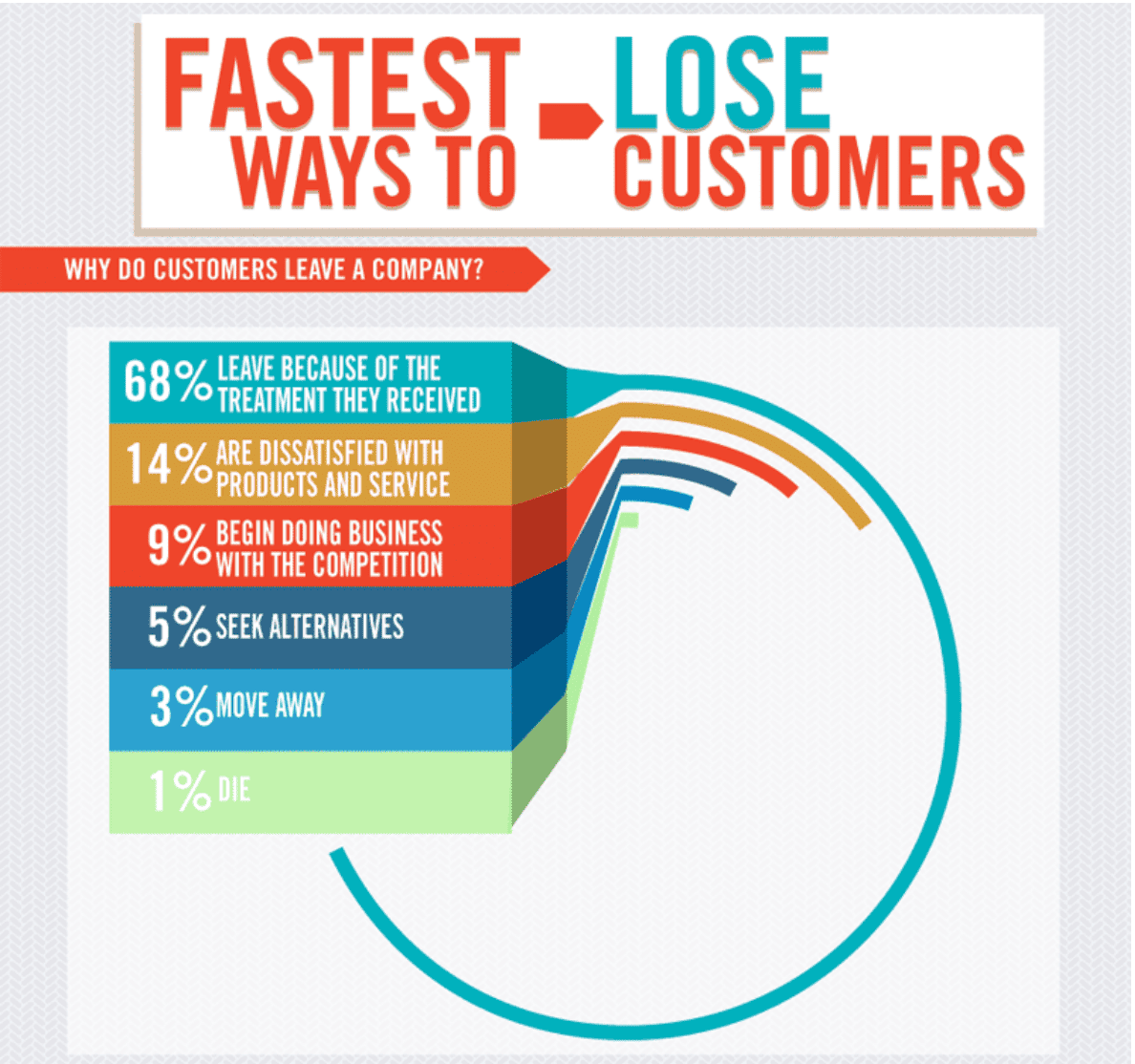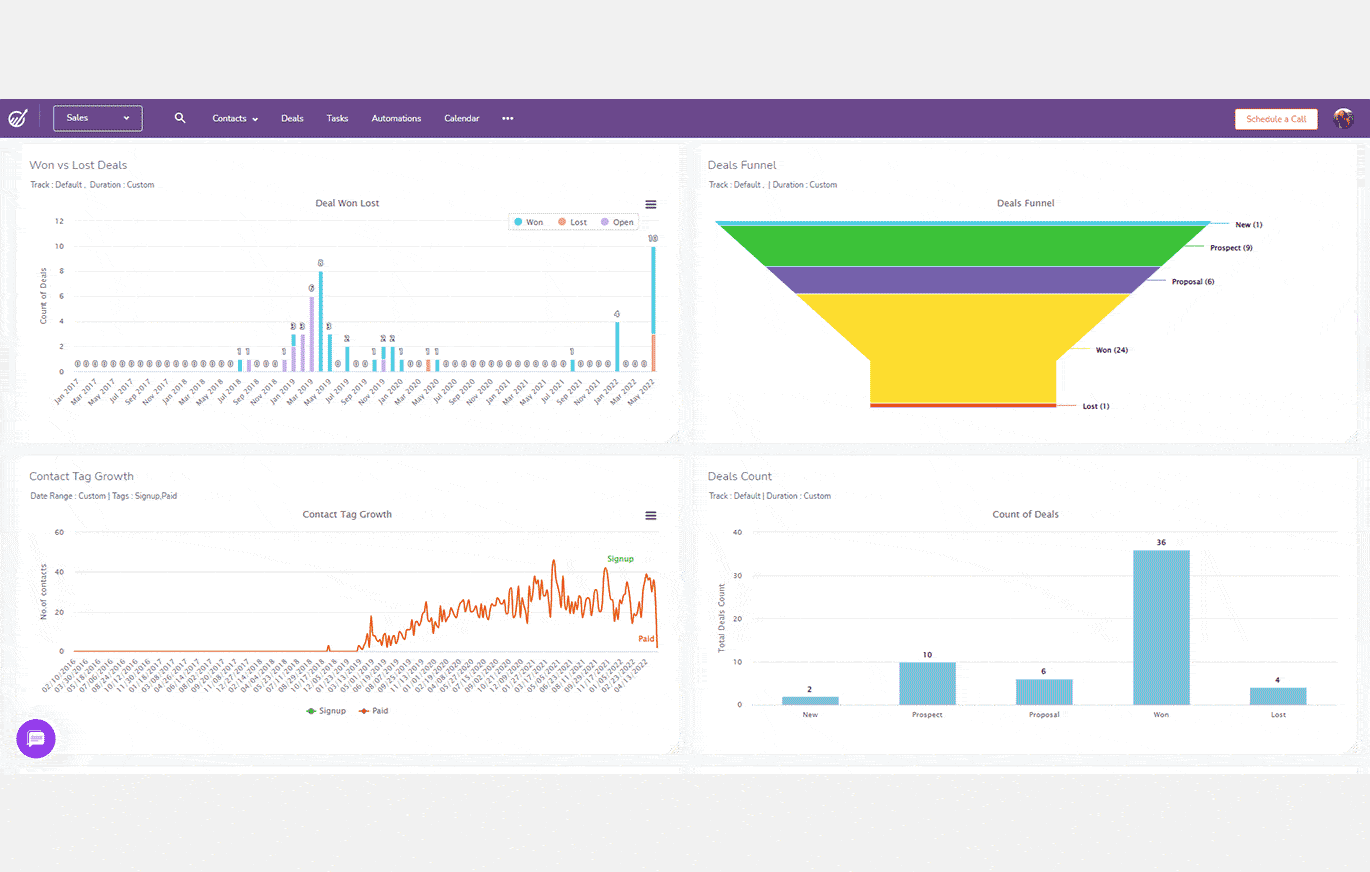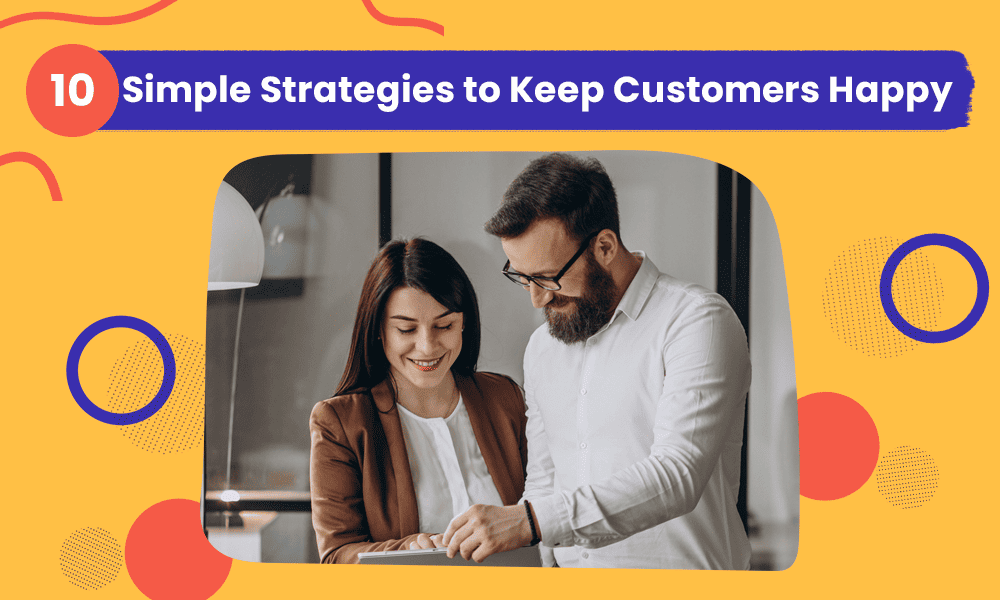A successful brand is about more than just generating huge sales. It also includes keeping your customers happy.
Customer happiness is the level of loyalty and satisfaction experienced by your clients after they engage with your brand.
It is the feeling customers get when they feel that their needs have been met or your product or service has exceeded their expectations.
And when your customers are happy, they are likely to spread words about your brand to their friends and family.
But most often, brands confuse customer happiness with customer satisfaction. So how do they differ?
In this article, we share some proven strategies to keep your customer happy. We also will explain the basic difference between happy customers and customer satisfaction.
Let’s dive in.
Table of Contents
Understanding Customer Happiness vs Customer Satisfaction
Compared to other metrics, customer happiness is not easy to quantify.
In such instances, it might be tempting to measure customer satisfaction instead. However, customer satisfaction, or CSAT, is used for evaluating the satisfaction of consumers with a given product or service.
Questions such as ‘How satisfied were you with (name of the product) today?’ or ‘On a scale of 1 to 10, did our product meet your expectations?’ are typically asked to gauge customer satisfaction.
On the other hand, customer happiness measures the overall happiness of a client with a brand.
It is an emotional state that is more about the customers and their journey, while customer satisfaction concentrates more on a specific product or service.
Read also: Five Reasons To Invest In Happy Customers
10 Simple Strategies to Keep Customers Happy
Now that you understand the importance of a happy customer, it’s time to look at some of the best practices that can make your customers happy.

#1. Perfect your brand persona
If you want customers to care about your brand, you need to start being likable.
Likability indicates that you need to create a brand that resonates with your target audience.
You should know what your brand is about and how it will benefit or solve your customers’ problems.
Moreover, you need to know your target audience, why you are trying to reach them, and why they need your product.
#2. Listen to your customers
Often, customers complain that brands don’t listen to them.
To convert your clients into happy customers, make sure you listen to them.
Listening to your customers includes incorporating their feedback into your products and services, engaging with them through live chat and social media handles, and requesting feedback using online or in-person surveys.

#3. Treat each customer like a VIP
To get a happy customer, you should learn to treat them like a VIP.
It makes them feel important and proves that you value them and want them to remain loyal to your brand.
This includes asking them for feedback regularly, offering them discounts, rewards, and loyalty programs, and giving them early access to newly-launched products or services.
Further, you can customize or personalize products as per their needs.
#4. Make it easy for your clients to complain
Often, brands don’t have effective channels through which consumers can complain or share feedback.
Your customers want to feel heard, particularly when they are dissatisfied.
Online surveys, consumer forums, virtual chats, and emails are some of the ways by which you can gather feedback.
It shows that you care about your customers’ feedback and value them.
Read also: Five-Star Reviews: What Does It Take to Get High Marks from Your Audience?
#5. Understand the cost of losing even one customer

In a competitive environment, losing even a single customer can prove costly for your business.
Understanding the fact that when you lose a client, you lose out on revenue and the profitability that could have been generated from that customer.
Moreover, acquiring a new customer is more expensive than retaining an existing one. Thus, keeping your customers happy is crucial to increasing your sales and profits.
#6. Create a seamless omnichannel experience
Brand consistency is important to help your customers seamlessly transition between multiple platforms.
A brand that is focused on growth knows that there can be no customer experience gaps.
Moreover, your customers should be able to communicate with you smoothly over email, customer service chatbots, phone calls, live chat, and social media platforms.
They should receive the same information and experience, irrespective of the channel they use to contact you.
Read also: How to Maximize ROI With Strategic Product Placement
#7. Channel your ecosystem to create happy customers
Your business exists as part of a network of suppliers, retailers, manufacturers, and consumers.
At each level of production or consumption, there are valuable insights available for your organization to leverage.
These insights help you identify if you can manufacture your product at lower costs, use less expensive raw materials, leverage your strengths, and identify areas of improvement.
Read also: 12 Customer Service Tips for Phenomenal Success
#8. Personalize interactions with customers
With so many options available, customers want to choose brands that make them feel valued.
Personalizing your interactions is a great way to build rapport with your customers. For instance, simply using their first while communicating – whether you do it over phone calls or send emails, shows that you care.
The starting point for personalization is to use a CRM platform whereby you can centralize your contact database.
It allows you to easily maintain contact lists and updates automatically.

Every time you make a call, you can see all the prior interaction history in one place.
It allows you to start where you left off and enable you to quickly close a deal or solve your customer’s issues.
#9. Improve your customer response time
Today, customers want instant responses. They don’t want to wait hours to get in touch with a customer support agent.
Using automated service platforms like live chat, knowledge base centers, and IVR, you can address queries quickly.
You can even integrate these platforms with your CRM to centralize all conversations in one place and offer a seamless customer experience.
#10. Put your customers in the spotlight
A happy customer does not only want an excellent client experience but also wants to feel appreciated. That means putting them in the spotlight.
Ask your consumers to share their testimonials via videos, photos, and online reviews and publish them across your website and social media.
It shows that you value their feedback for others to see.
In addition, you can incentivize your customers to share their experiences by providing them with gift cards, a discount on their next purchase, and other promotional offers.
It’s a win-win situation for both you and your customers.
Read also: 12 Tips to Build a Winning Customer Experience Strategy
Why Are Happy Customers Important For Your Business?
Now, let’s go through some of the reasons why should be doing what we’ve mentioned above.
#1. Positive word-of-mouth marketing
When customers are happy, they are more likely to spread the word about your brand among their network.
Moreover, word-of-mouth marketing travels faster, as people trust other customers’ feedback much more than online reviews.
Happy customers know that you are willing to go above and beyond to assist them and ensure that they are satisfied with your products.
As a result, you may see a rise in your sales in no time.

#2. Improves customer loyalty
With happy customers, you can be assured of a loyal clientele.
A happy customer will not only praise your brand in front of other people but also tend to make repeat purchases.
If someone is happy with your products, irrespective of a price increase, the likelihood of them buying from you again will remain high.
By contrast, a dissatisfied client will not want to purchase your product or service again, even if your prices are lower than that of your competitors.
Read also: These 20 Team-Building Questions Are Pure Gold
#3. Increase in revenue
One of the easiest ways to identify customer happiness is through increased sales.
If your products or services are meeting client expectations, there is a high probability that they would want to buy from you again.
Hence, spending money on sales and marketing campaigns might be important, but if you are unable to provide a satisfactory customer experience, there will be no increase in revenue.
#4. Competitive advantage
If you want to stay ahead of the competition, focus on improving your customer service.
When you provide excellent customer support, it shows that you care about your consumers and take their feedback seriously.
Great customer service improves happiness and brand loyalty among people, thereby increasing your market share.
#5. Valuable customer feedback
Happy customers provide you with valuable feedback on how to improve your products and services.
Most customers prefer to simply rate or provide vague comments on your brand. However, a happy customer, who makes repeated purchases, will want to ensure that your product maintains a certain quality or standard.
Thus, they are highly likely to provide constructive feedback on what they liked or disliked and the areas where they would like to see improvement.
Read also: How Small Businesses Can Provide Exceptional Customer Service
Wrap Up
Happy customers are essential to your brand for long-lasting success.
They not only become your loyal customers but also act as brand advocates.
It starts with segmenting your audience and running targeted, personalized campaigns to yield maximum value.
When customers are happy with their experience, they are likely to come back and make repeat purchases.


